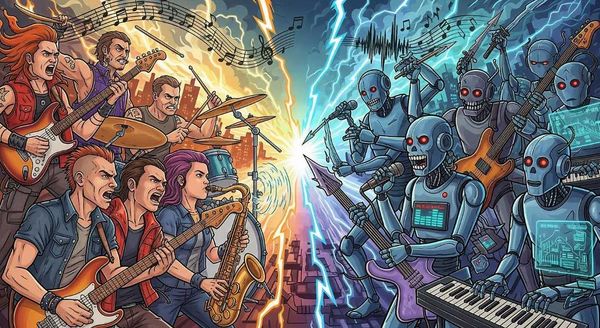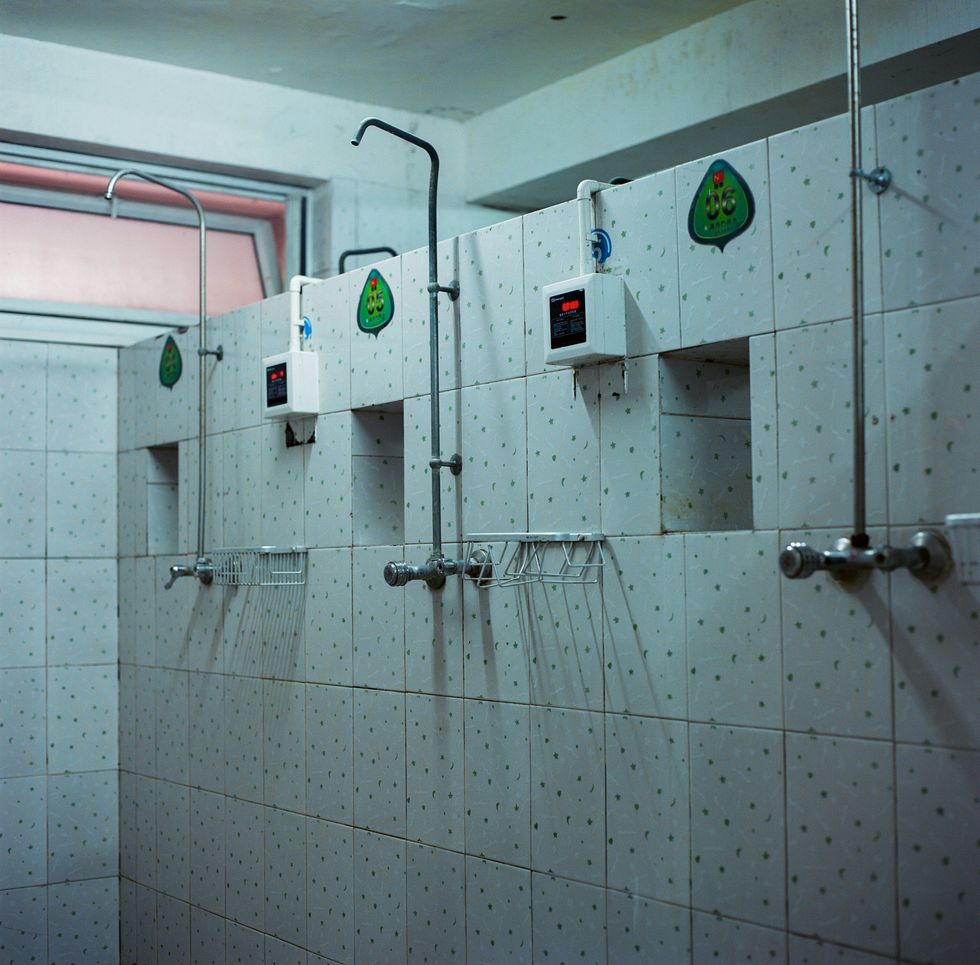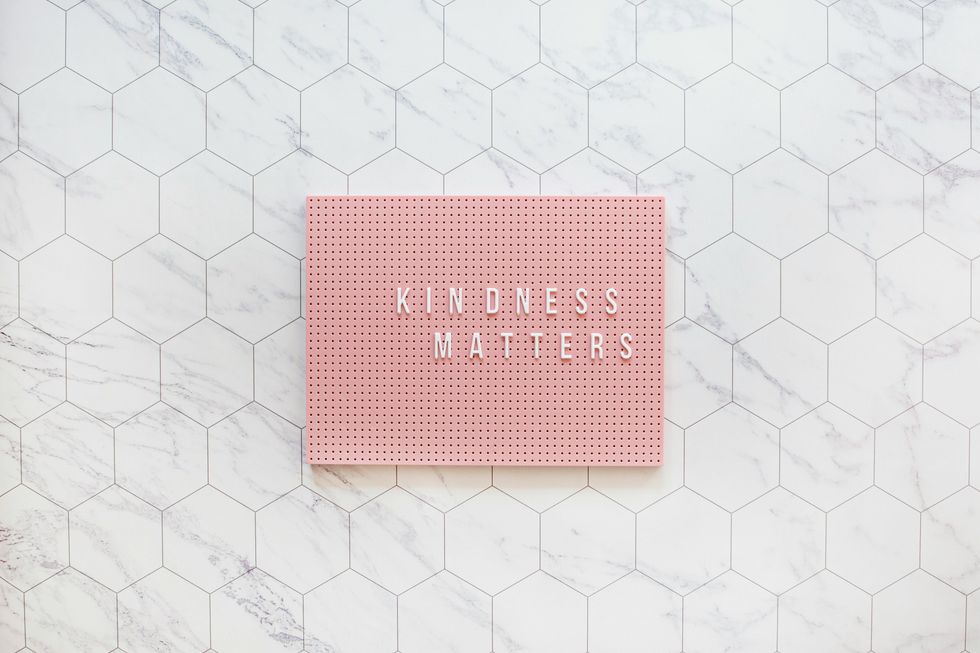Art and science are usually considered as opposite fields bound by different forms of creativity. Say art and you picture an artist working away at a studio either creating paintings, choreography, or music. Say science and you picture a scientist busily working in a lab working with colorful flasks or coming up with complex mathematical formulas and computer programs. However, recently, the stereotype of having sharp, rigid definitions for art and science is coming to an end with the help of coding.
So far, coding and art have been used extensively in game design and the gaming industry. But, seeing the advantages of having both artistic and computational knowledge (such as the creation of EyeWriter), employers want to expand the use of coding to other artistic fields, such as music, visual arts, dance and theatrical arts. For instance, Google, in its Made With Code series, has placed emphasis on using code to create things other than apps and software. With basic coding, you can make things ranging from programming pattern sequences for dresses with LED lights to digital kaleidoscopes to small-scale animations. This has led to a rise in educators finding a need to help students integrate coding into their fields of interest.
Teachers are trying to use coding to bridge the gap between art and science by, for example, using algorithm knowledge in computer science and coding to digitally create graffiti work and patterned or geometric artwork. College Board (creator for the AP exams and SAT) has also caught onto the need of bridging the gap. This upcoming fall, College Board is said to be launching an AP computer science course that integrates computer science skills with non-computer science related fields, especially the arts. This means expanding the computer skills taught in regular computer science courses such that the technical skills learned can be applied in any artistic career path. Many colleges are also following suit in expanding computer skills to the arts, especially in music.
In many music-oriented universities and engineering schools, like the Georgia Institute for Technology (Georgia Tech), music technology is becoming a popular major for those wishing to integrate coding with art. Music technology combines coding with music theory and applied music to create new, interesting ways of producing music. For instance, at Georgia Tech, music technology majors were able to use code to create a robot that can play the marimba and improvise as it plays. It interacts and collaborates with humans to create real-time music. Besides robotic musicians, music technology majors also focus on improving the quality of music heard by the audience by improving acoustics, "mobile music" (apps that help musician edit and create music), and more.
While there is still ways to go before the line separating art and science is completely blurred, more and more individuals are getting creative in new ways with the help of coding. So jump in and see how coding can change your field of interest!










 man running in forest
Photo by
man running in forest
Photo by 










